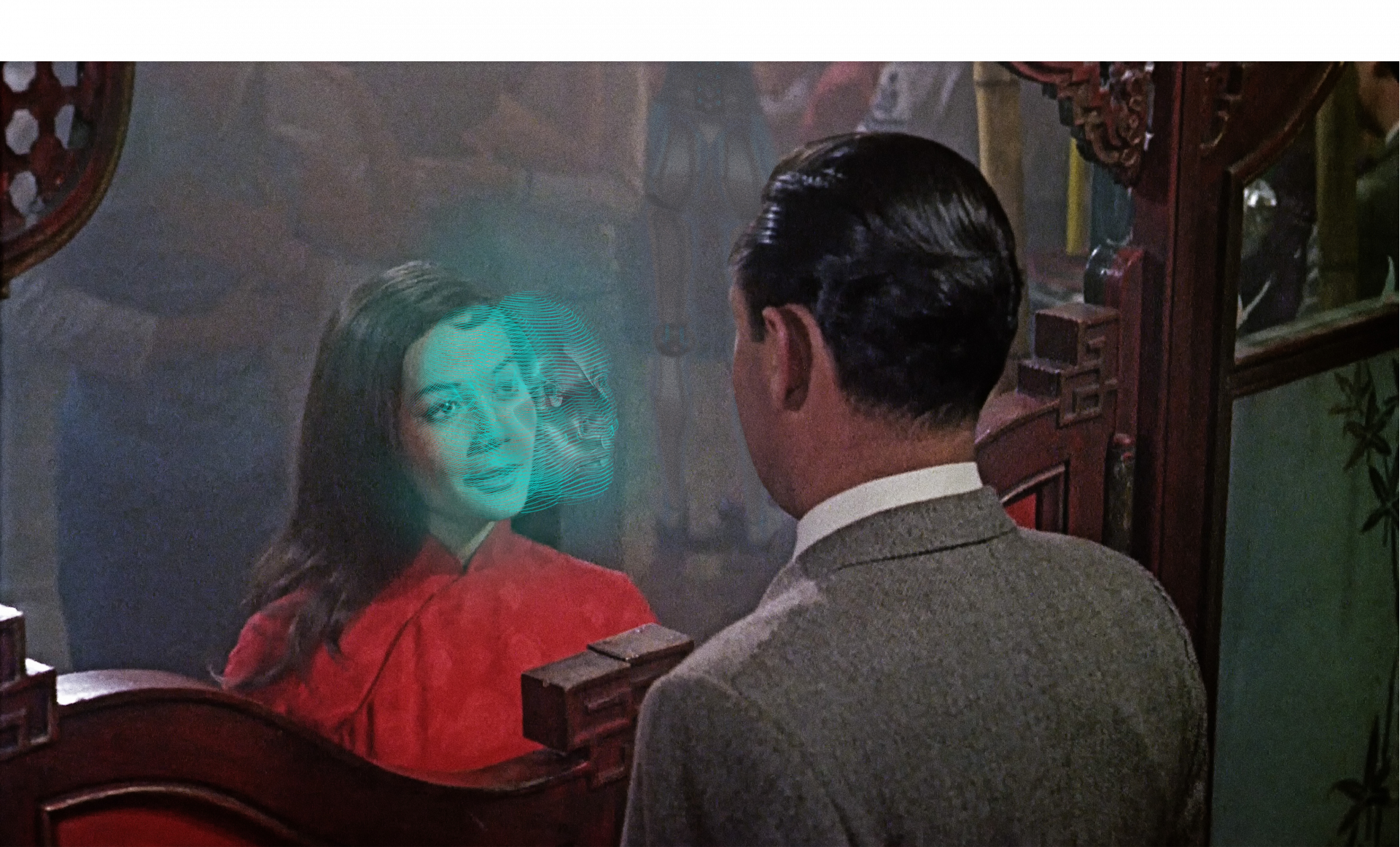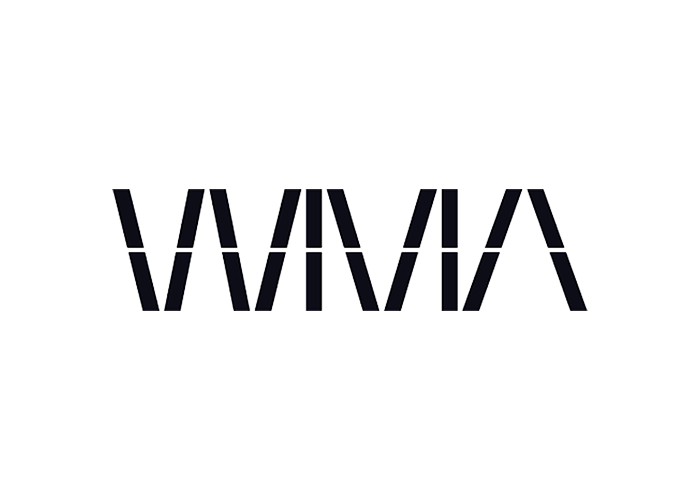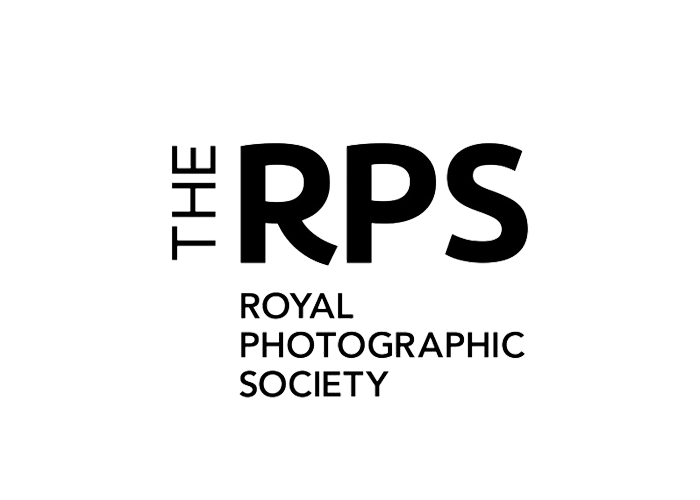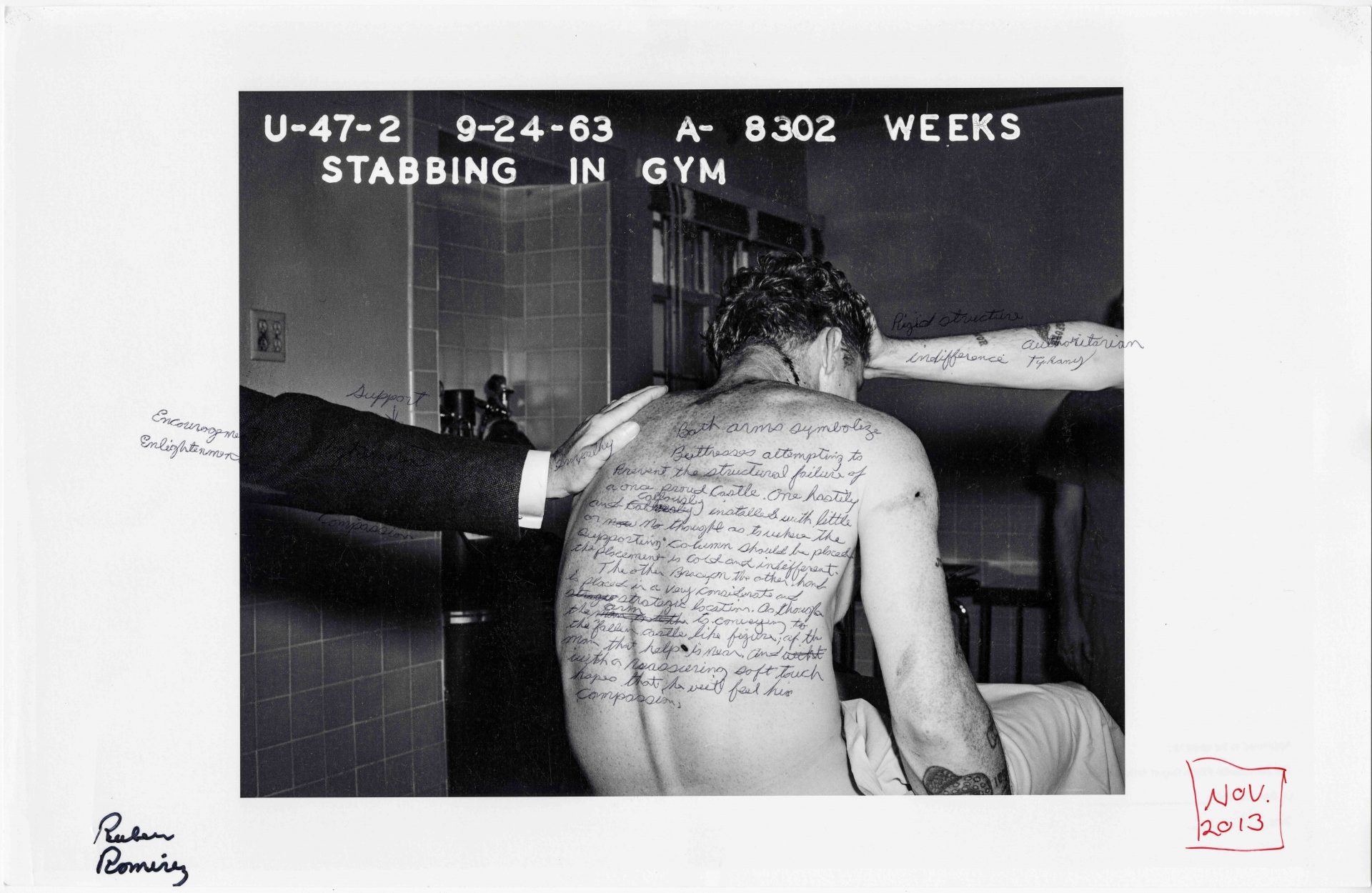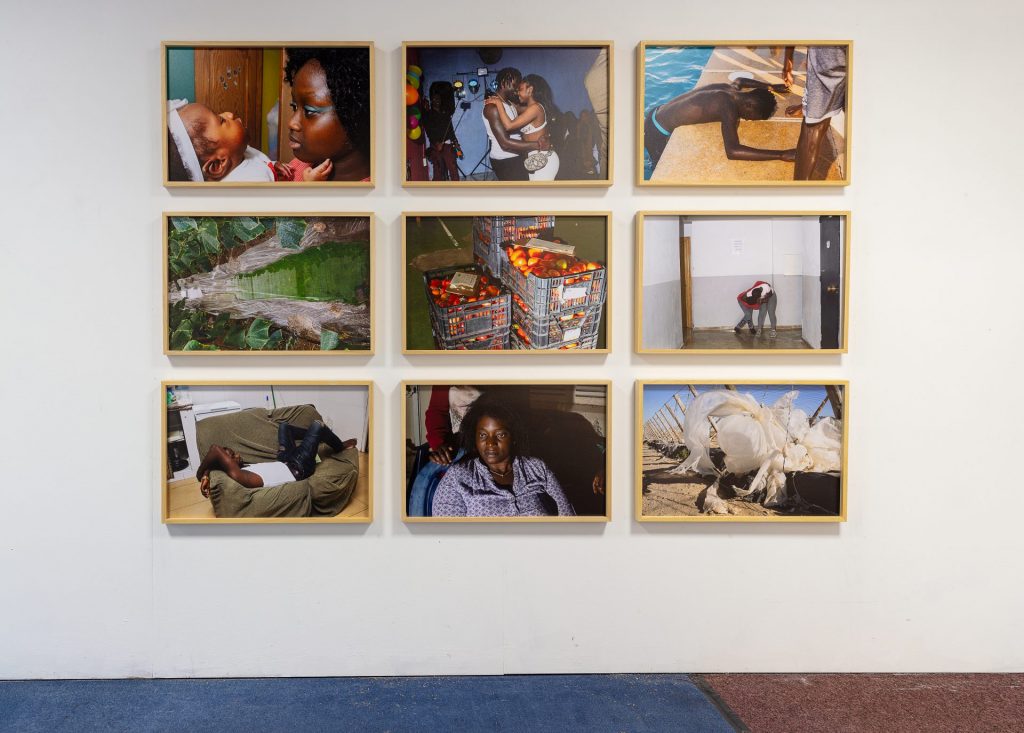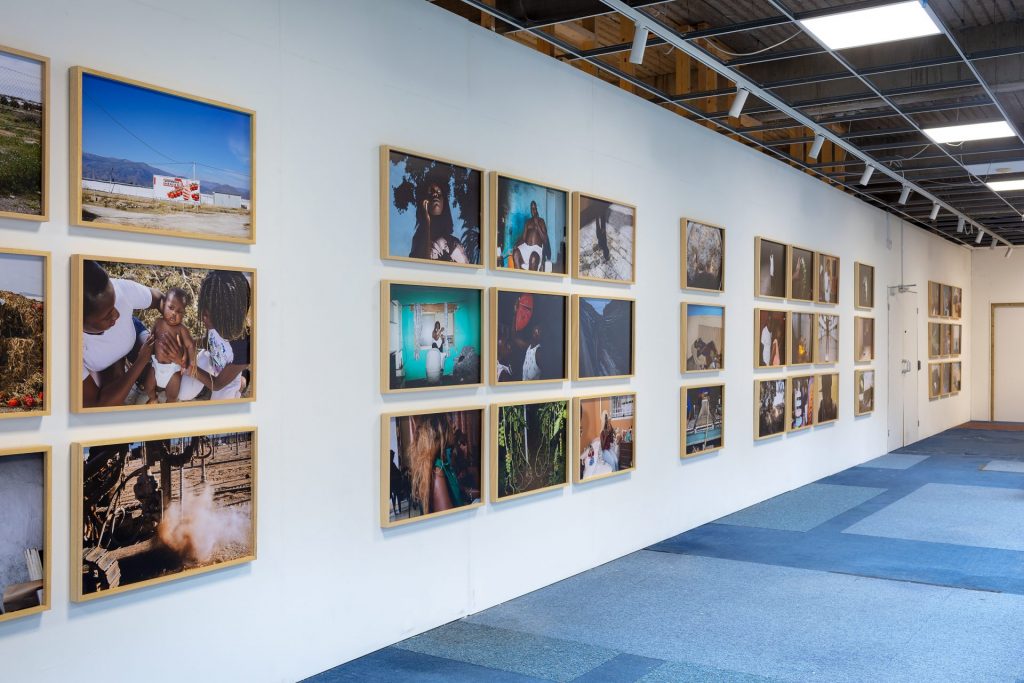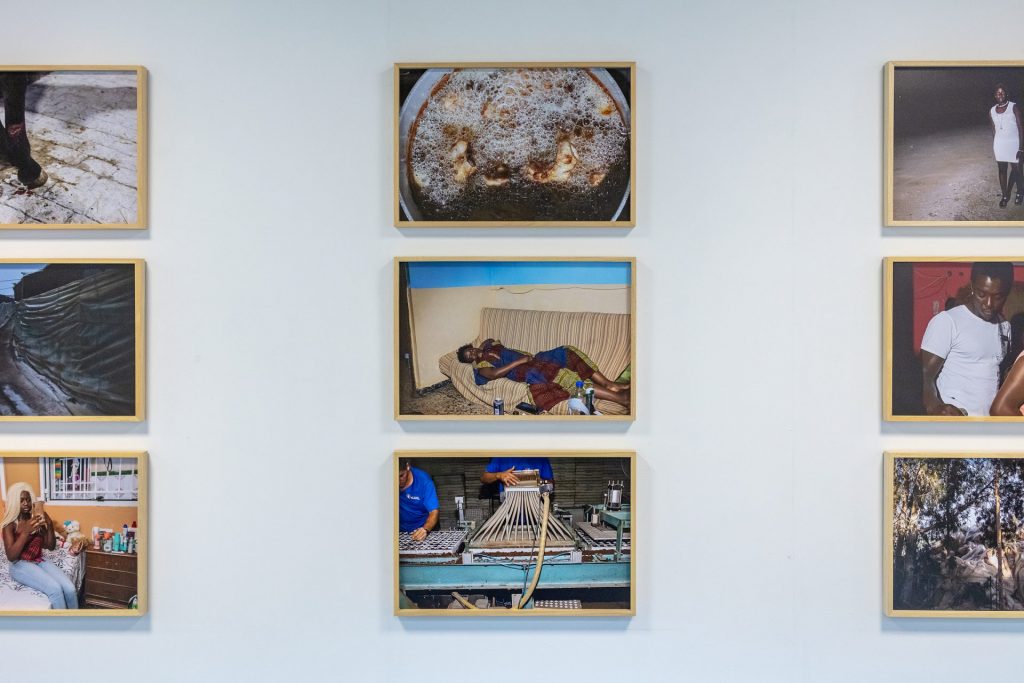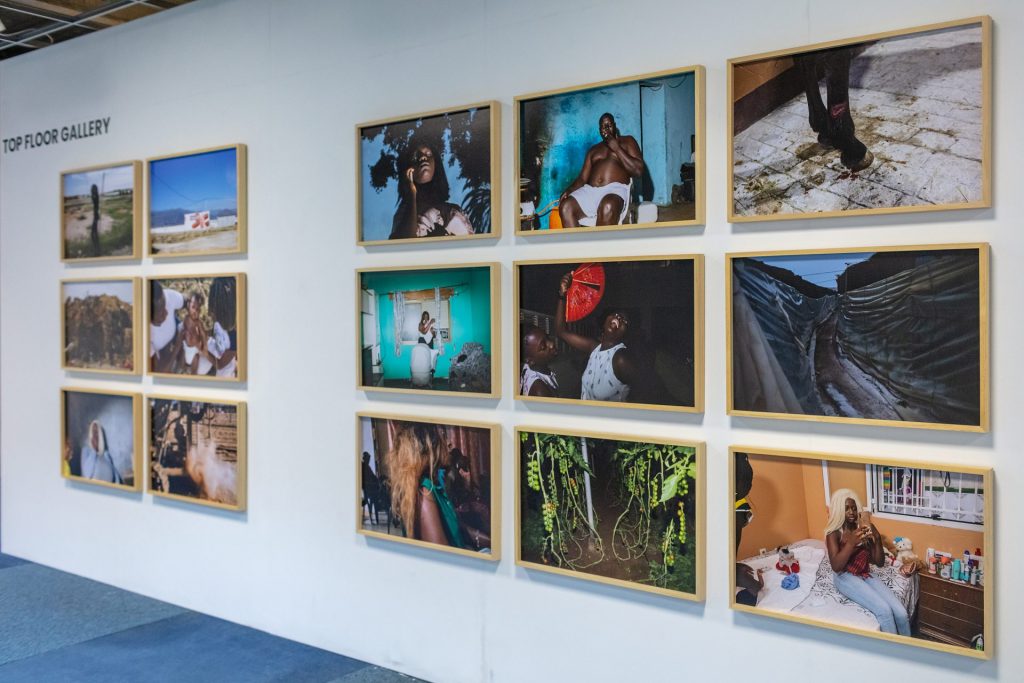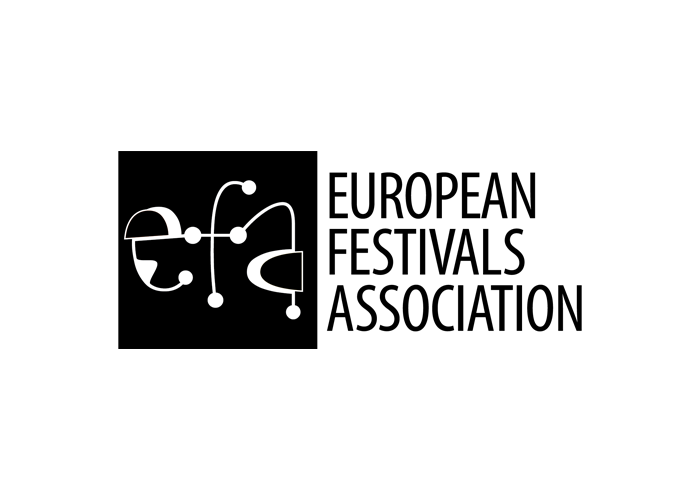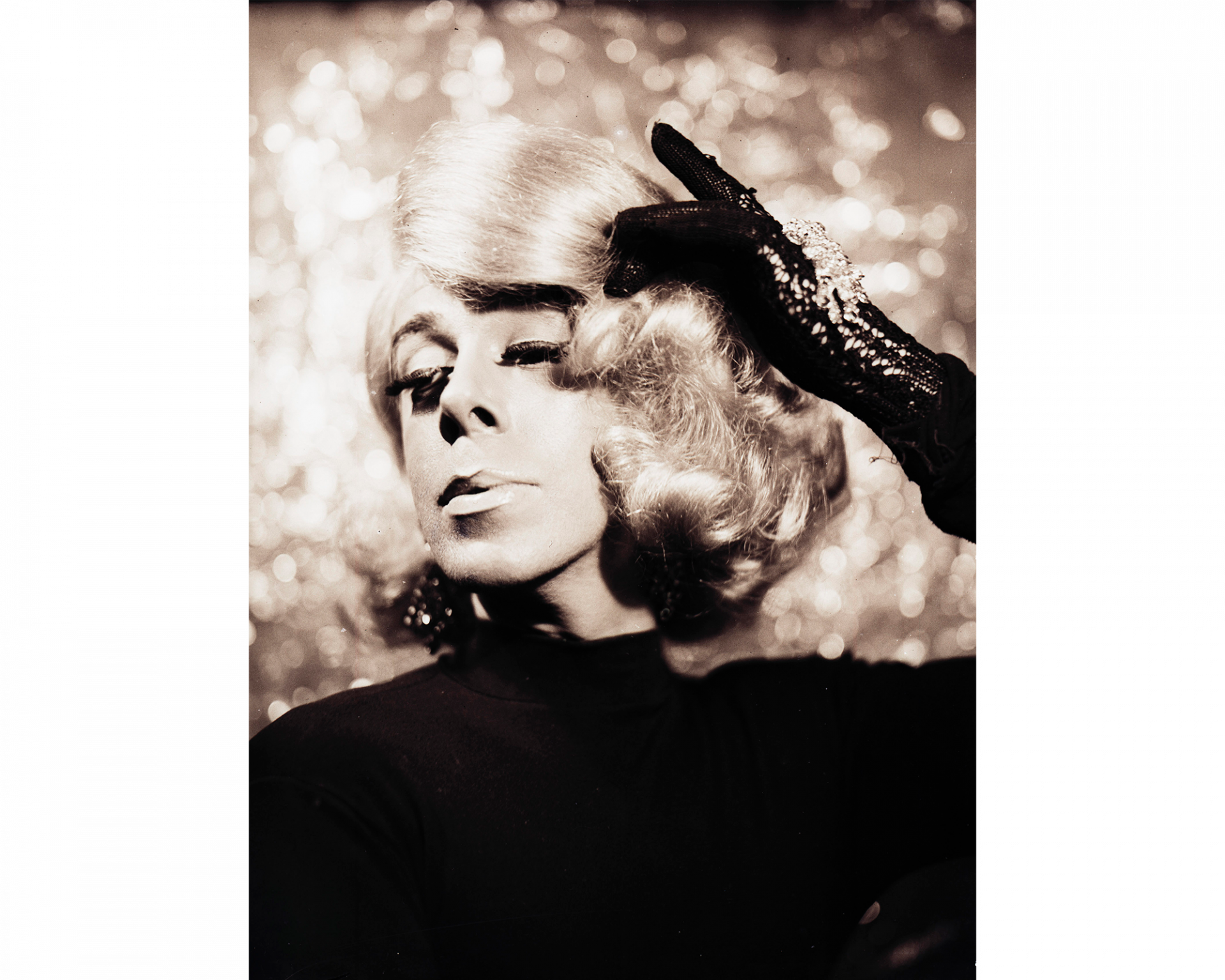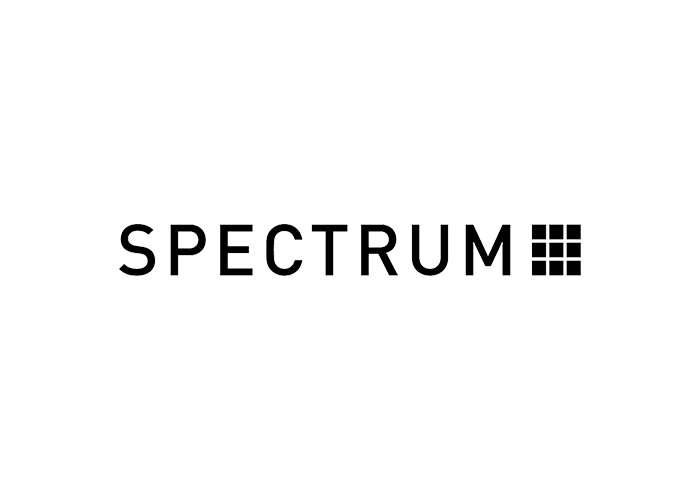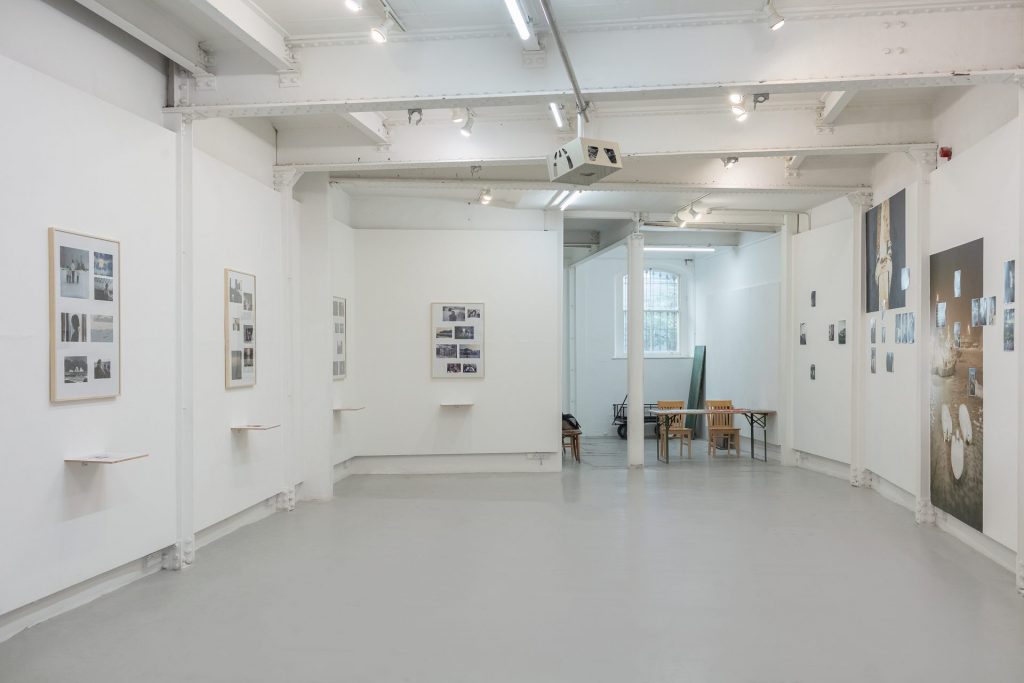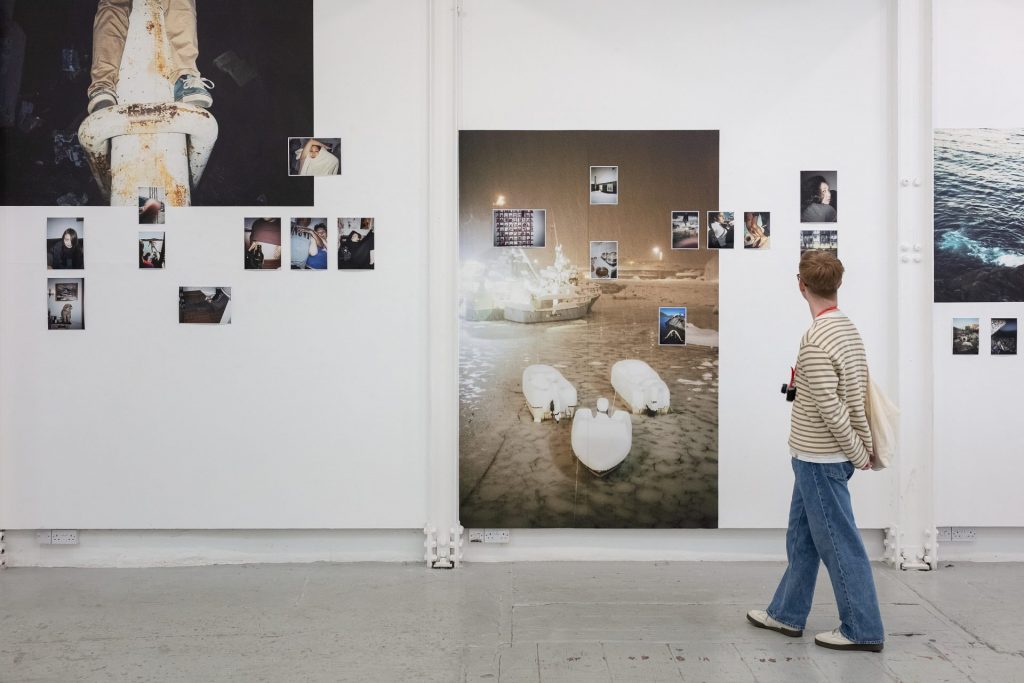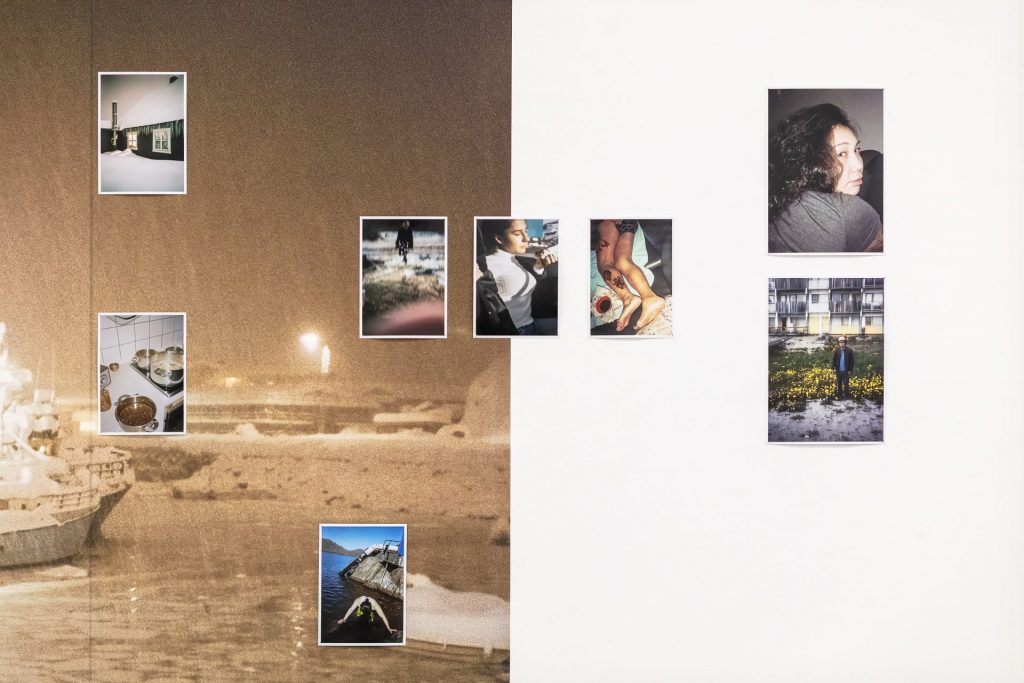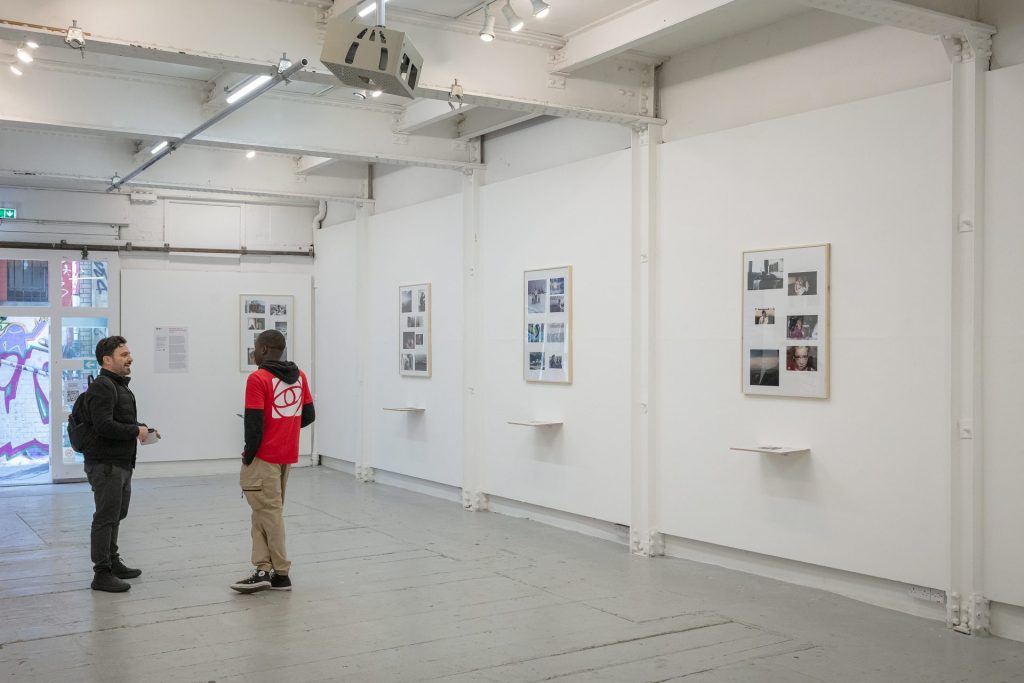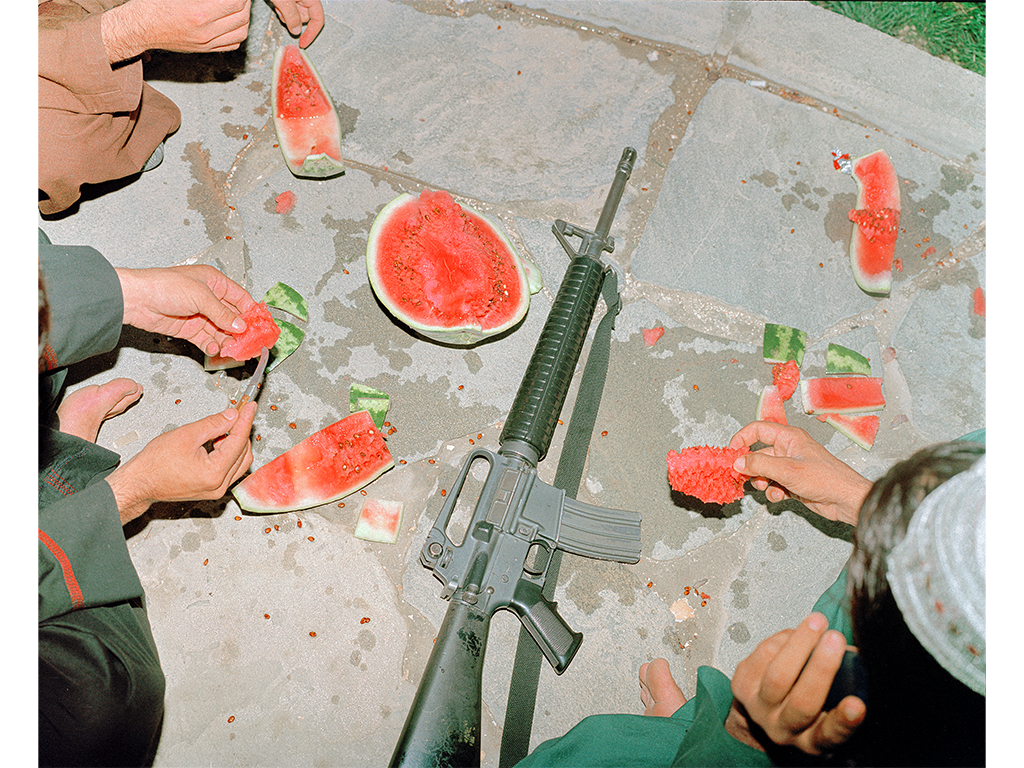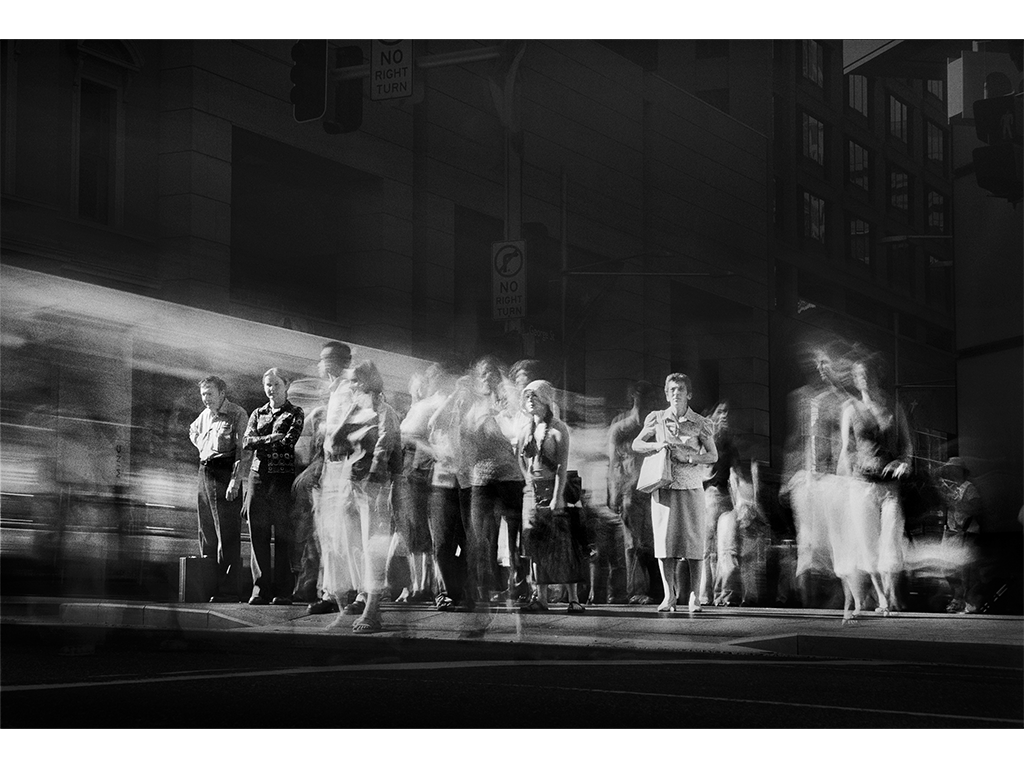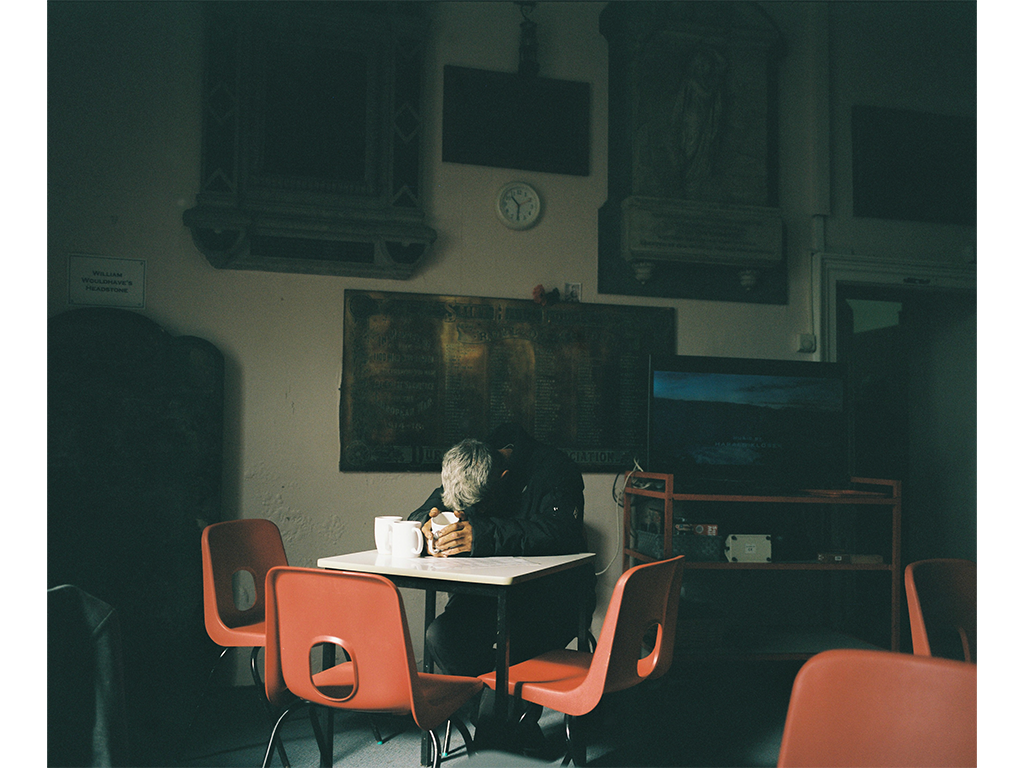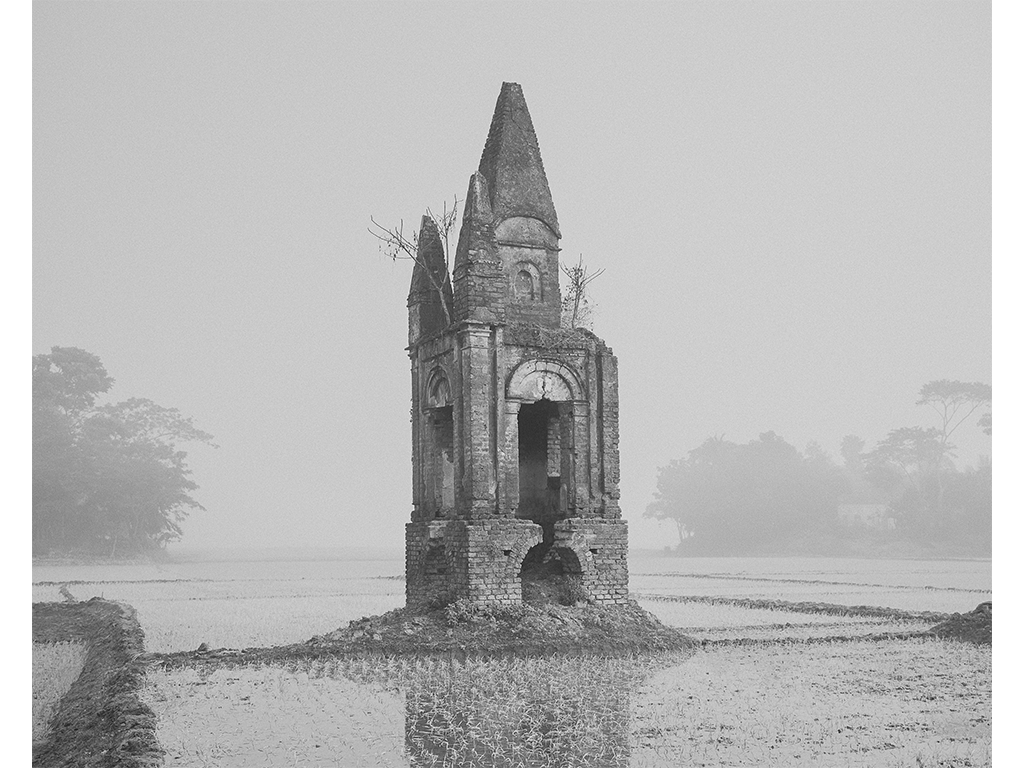‘The World A Wave’ is the theme for the second edition of Bristol Photo Festival, the international biennial of contemporary photography, which will open in autumn 2024 (the opening week is 16 – 20 October 2024). The Festival programme focuses upon a world in constant motion; where the social, political and environmental conditions of shared life are always changing and becoming otherwise. Drawing on the success of its first edition in 2021 which drew over 200,000 visitors, the dynamic festival, internationally focused but locally grounded, delivers long-term engagement and education programmes engaging with culturally underserved communities and places. Exhibitions are held in the city’s major visual arts institutions alongside independent and unconventional spaces, all accompanied by a wide events programme engaging with multiple aspects of the city of Bristol. All exhibitions are free with donations welcome.
DOWNLOAD FULL PRESS RELEASE
For 2024, Bristol Photo Festival will exhibit works by photographers including Akosua Viktoria Adu-Sanyah (German-Ghanaian, based in Switzerland); Ariella Azoulay (Israel); Andrew Jackson (British- Canadian); Rinko Kawauchi (Japan); Billy H.C Kwok (Hong Kong); Jay Lau (Hong Kong); Kirsty Mackay (Scotland, based in Bristol); Amak Mahmoodian (Iran, based in Bristol); Trent Parke (Australia); Nigel Poor (USA); Sarker Protick (Bangladesh); Bandia Ribeira (Spain); Hashem Shakeri (Iran); Herbert Shergold (Bristol); Inuuteq Storch (Greenland); Lau Wai (Hong Kong); the shared artistic practice Ritual Inhabitual (comprising Tito Gonzalez Garcia (France) and Florencia Grisanti (Chile)) and the group exhibition Dreamlines: Picturing Bristol’s High Streets.
Bristol Photo Festival also produces a long term education and engagement programme alongside the exhibitions. For this year the Festival is developing a project with local residents and port workers from Avonmouth to create a community archive, alongside a programme of creative activities, including talks, walks, screenings and an exhibition. With Prison Education, the festival will present The Prison Mobile Library, an educational photography project across three sites in the South West of England. The opening week of the festival (16-20 October 2024) includes artists’ talks, a book fair, tours, and parties. Additionally, the festival collaborates with the University of Bristol and the University of the West of England to co-produce two symposiums exploring ideas related to this year’s theme, ‘The World A Wave’.
“Photography is a unique creative medium to experience the world anew. In a time of multiple crises, we need to think of images more than ever. I want the festival to be a space full of nuanced and unexpected stories that foster greater understanding of our shared world. Bristol Photo Festival’s quality and ambition is possible thanks to the great collaboration we have established with the main cultural institutions in the city and the support of funders and sponsors.” Alejandro Acin, Bristol Photo Festival director.
The second edition of Bristol Photo Festival —The World A Wave—will open in autumn 2024. Exhibitions will be held in the city’s major visual arts institutions alongside independent and unconventional spaces accompanied by a wide events programme.
The exhibition programme focuses on the personal stories of those confronting societal changes whilst navigating daily life. Confirmed artists include Akosua Viktoria Adu Sanyah, Kirsty Mackay, Amak Mahmoodian, Trent Parke, Sarker Protick and Hashem Shakeri. Each artist addresses a world in constant motion where social, political and environmental conditions are ever-evolving.
Describing the programme, festival director Alejandro Acin added: “I believe in photography as a tool to experience the world anew. In a time of multiple crises, we need photography more than ever. I want the festival to be a space full of nuanced and unexpected stories that foster greater understanding of our shared world.”
The festival has an international focus but is grounded in the city of Bristol. For this edition, alongside the exhibition programme, the festival is collaborating with local residents and port workers from Avonmouth to create a community archive, accompanied by a programme of creative activities. The festival, in collaboration with Prison Education, will present The Prison Mobile Library, an educational photography project across three sites in the South West of England.
The festival opening week will take place between Wednesday 16th – Sunday 20th October. The opening week will include reception events and artist talks across the city. Following this, all exhibitions will remain open for a duration of 1-3 months. The full lineup of exhibiting artists will be released in July 2024.
Participating artists
Akosua Viktoria Adu-Sanyah
Georgian House Museum residency
Akosua Viktoria Adu-Sanya— known for her work examining the relationship between photography and memory, particularly in relation to her own family history— will be in residence at the Georgian House Museum, creating a new body of work relating to the building’s colonial history.
Kirsty Mackay
The Magic Money Tree
Bristol-based photographer Kirsty Mackay has worked collaboratively with groups and individuals from across England to explore the impact of the cost-of-living crisis and what poverty looks like in the world’s 6th richest economy.
Amak Mahmoodian
120 minutes
17 Midland Road
Premiering as part of the festival — in collaboration with Multistory — Bristol-based artist Amak Mahmoodian’s new project uses images, poems, archives and video to explore the dreams experienced by those in exile. The work was produced collaboratively with communities of refugees and asylum seekers across the UK.
Trent Parke
Monument
Martin Parr Foundation
This dystopian project, to be exhibited outside Australia for the first time, extends the metaphor of the moth drawn to a flame to city life and beyond. Photographs taken throughout Parke’s career are edited to create a vision of humanity engrossed by and drawn to an inescapable light.
Sarker Protick
Bangladeshi artist Sarkar Protick has been commissioned by the festival to produce his first solo exhibition in the UK. Bringing together multiple bodies of his work incorporating photography, video and sound, the exhibition will draw upon the history of and contemplate the ever-evolving story of Bangladesh.
Hashem Shakeri
Bristol Museum & Art Gallery
Iranian visual artist Shakeri has been documenting daily life in Afghanistan following the withdrawal of British and American military forces and the consequent arrival to power of the Taliban. This work will be shown in the UK for the first time as part of the festival and accompanied by an engagement programme in collaboration with the Afghan community in Bristol.
Notes for Editors
Bristol Photo Festival is an international biennial of contemporary photography. The first edition in 2021 drew 200,000 visitors, with 18 exhibitions staged across the city’s museums, galleries and independent spaces.
As an organisation, we believe in the power of photography as a tool to experience the world anew. Our mission is to present nuanced and unexpected stories that foster greater understanding of shared pasts, presents and futures. Our work is internationally-focussed yet locally grounded, built from the urgencies of our city and its inhabitants. As a platform, we support artists to experiment, creating work that breaks with convention, exploring the possibilities of photography as a political tool today.














